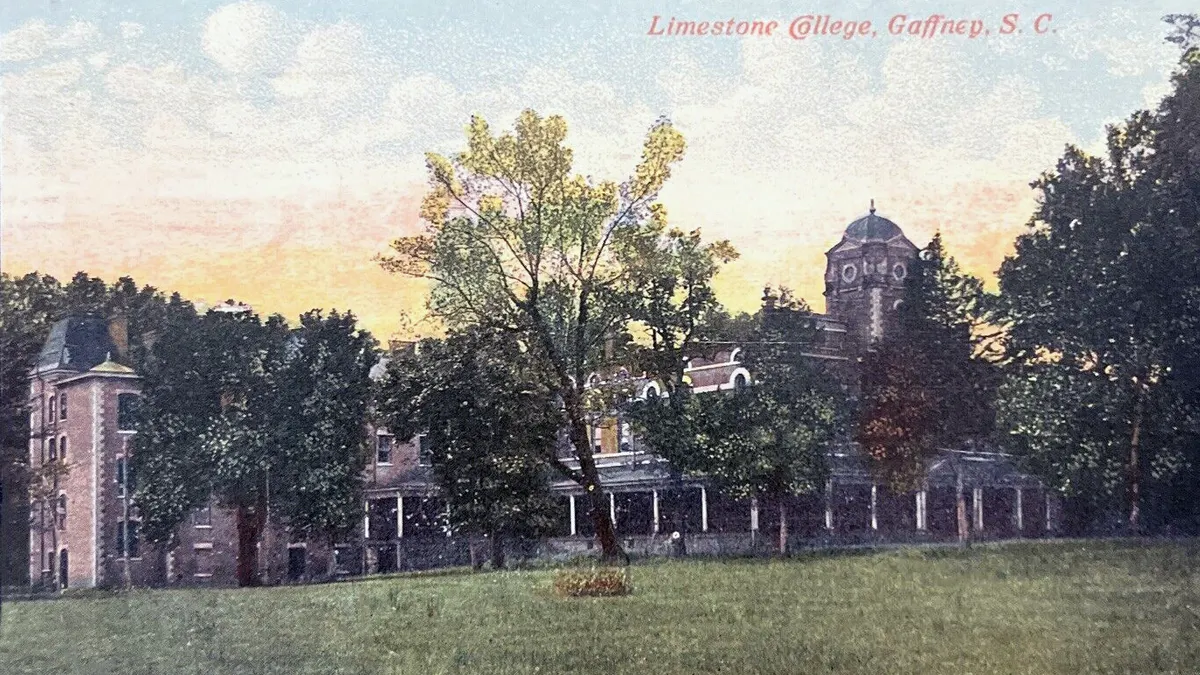This article represents part of our "Office Hours" series, a new video column on Education Dive: Higher Ed which we feature executives from around the country in short interviews on topics of national relevance. Revisit our inaugural post with Kentucky State University President M. Christopher Brown here.
Hollins University president Pareena G. Lawrence stopped by the Education Dive office to talk about how higher education leaders can advance equity opportunities for women and people of color. She explains though it's hard to achieve change, success is possible with a community of support and an environment of inclusiveness.
Inaugurated as 12th president of the institution on July 1, 2017, Lawrence brings with her an international perspective from her education abroad at the University of New Delhi and leadership experience from her time as provost and chief academic officer at Augustana College. Lawrence also recently published her co-authored book Life Histories of Women Panchayat Sarpanches from Haryana, India.
Transcript:
Q: How can higher education leaders create equitable opportunities for women?
A: It's hard. It's not gonna be easy; it takes a lot of time. So, the message behind it is perseverance. You have to persevere; you know it's not going to be easy. So,have a support structure around you, because there will be times where you'll need to draw upon your support structure. And, I think that the employer end of things — I think again understanding that sometimes you know women are just hesitant to raise their hand so encouragement would be good. The whole idea of what do you mean I can't do this; of course I can — right and that's the mindset we want all women to have: that we can do anything.
Q: How can leaders more successfully integrate international students?
A: So one of the things that I've been able to directly impact is the experiences of international students at universities. Because I've lived through their educational experience, I know how challenging our educational experiences here for them could be. So helping them adjust — we do a lot of conversations with our students, but also welcoming them making them know that they will be a valued here. that we actually want them to succeed in the United States in their education.
Q: What's the business argument for diversity?
A: Are we ready for a student body that is primarily students of color— and that is going to come soon, so if we are not cognizant of it right now our schools and universities will not be ready in the next 10 years — to welcome this large incoming class of students of color. Businesses — same thing, these students are going to be your customers. If you don't understand them, you don't understand their needs, you don't respect them, you don't welcome them: guess what's going to happen to your bottom-line? I want to be a moral argument first, but really ignore the moral argument the economic argument is right there.
This "Office Hours" video is brought to you by Barnes & Noble College, a strategic partner to higher education communities nationwide. To learn more about how Barnes & Noble College is helping campuses reach recruitment and retention goals and support student success, visit next.bncollege.com. Barnes & Noble College has no influence over Education Dive's editorial coverage.






